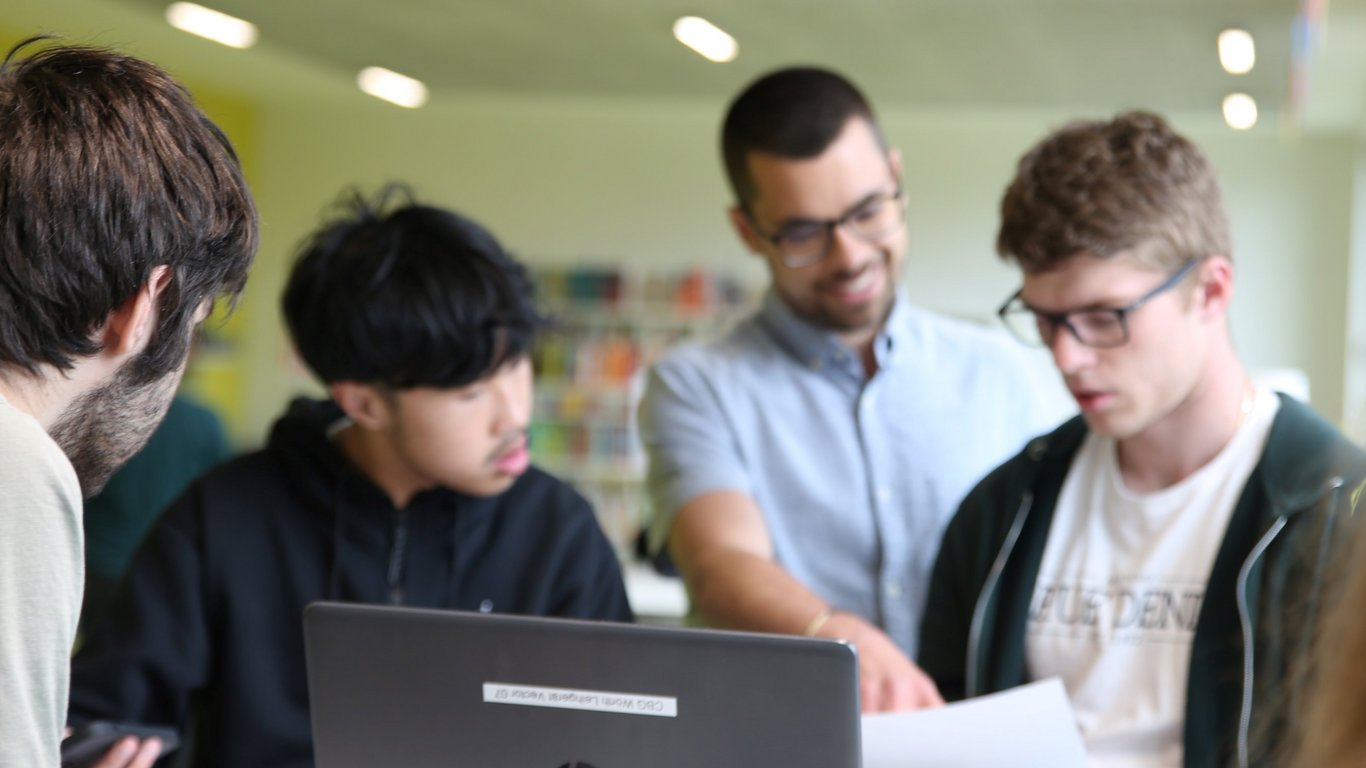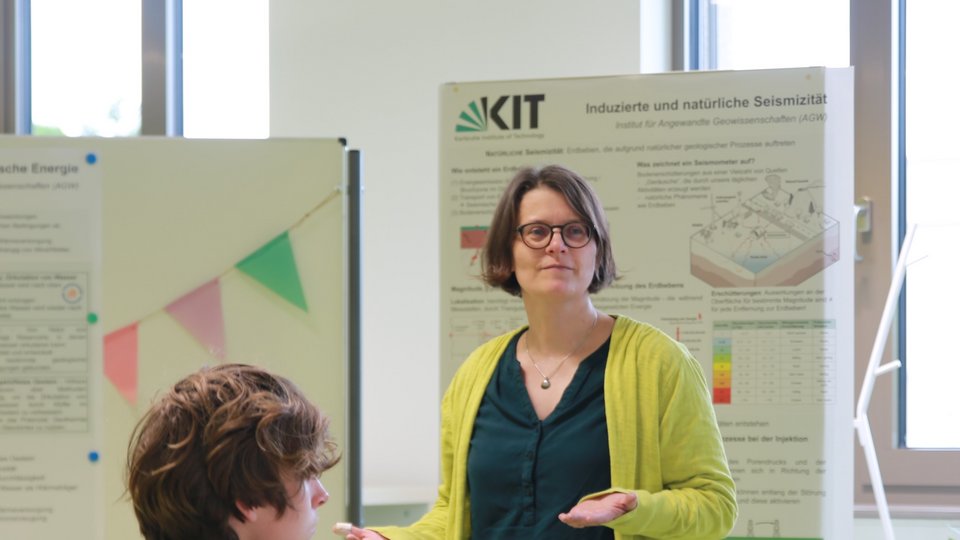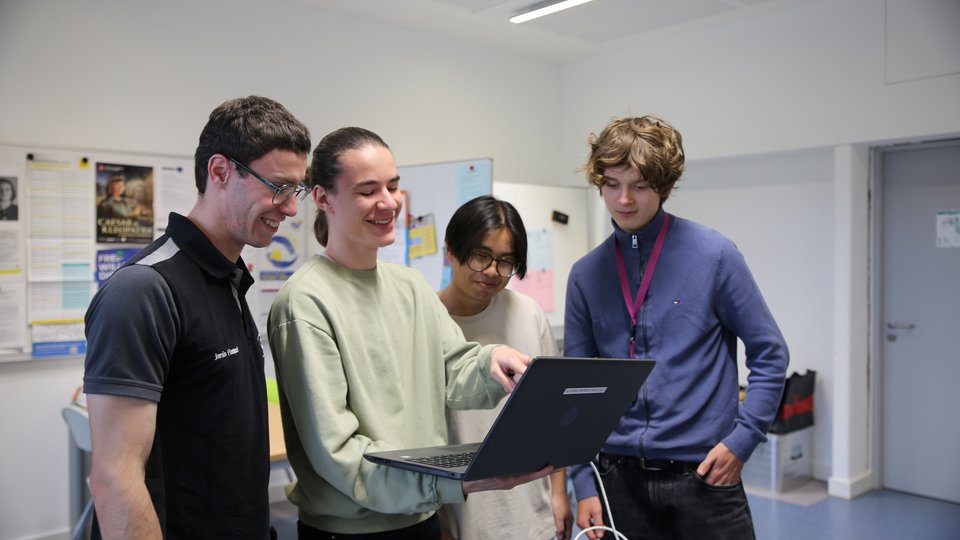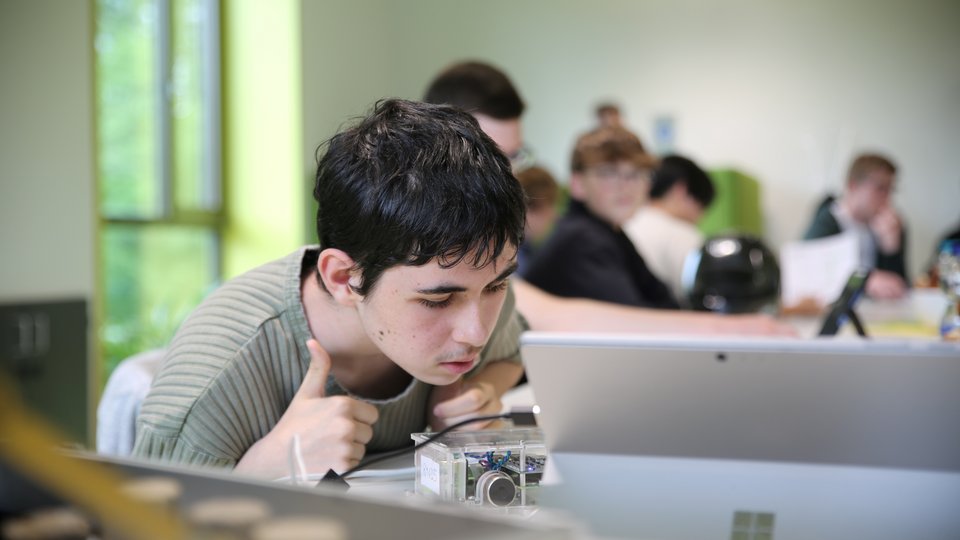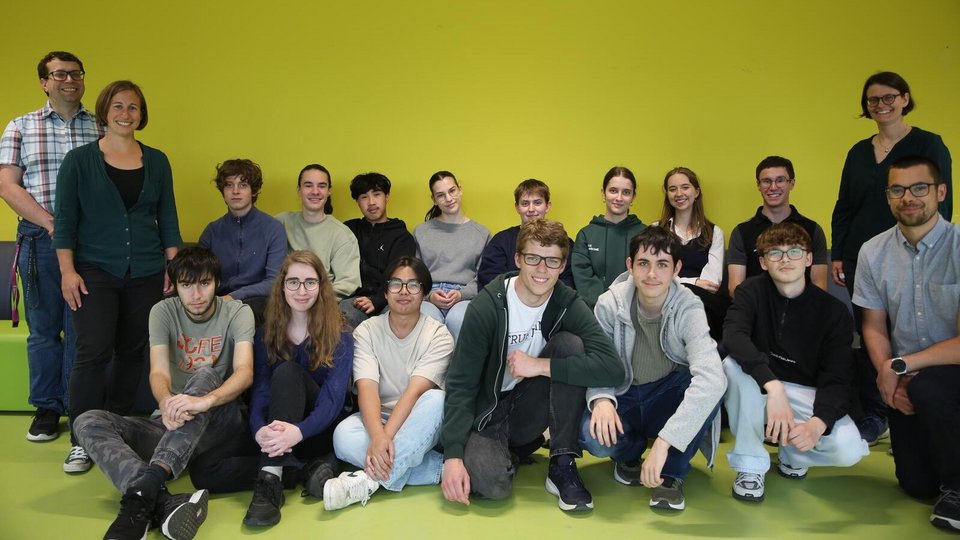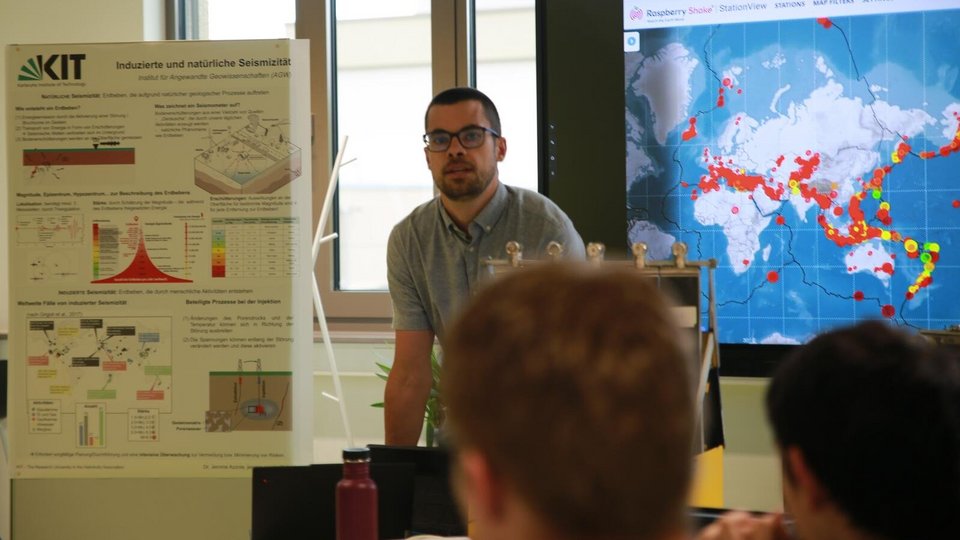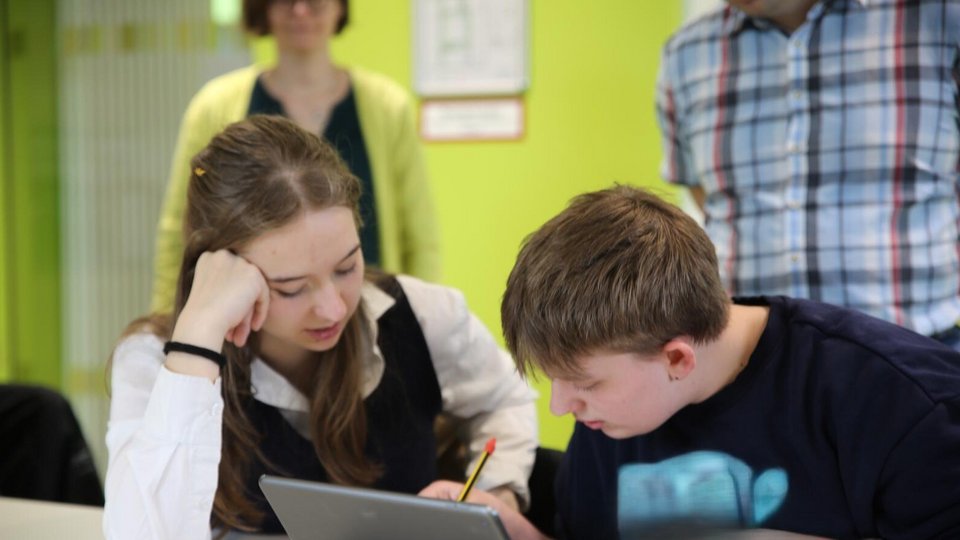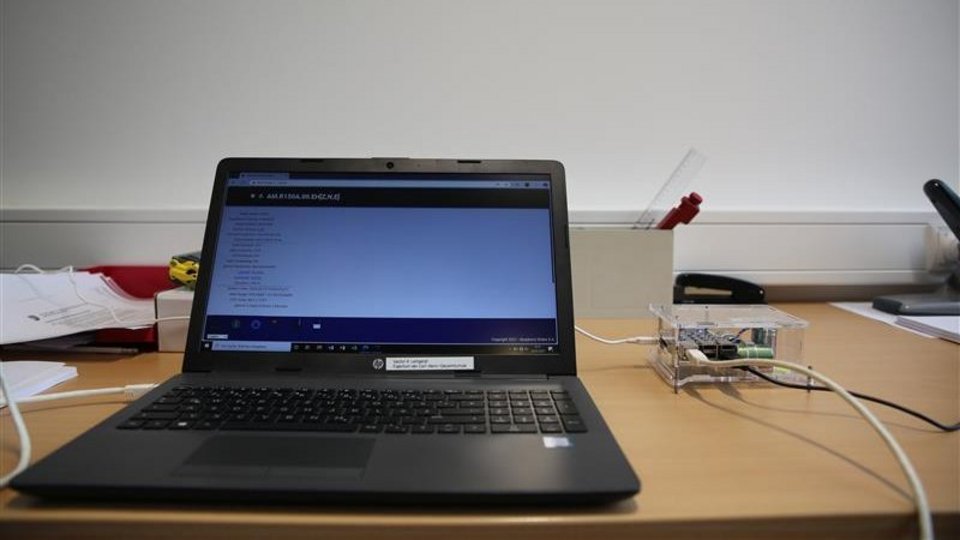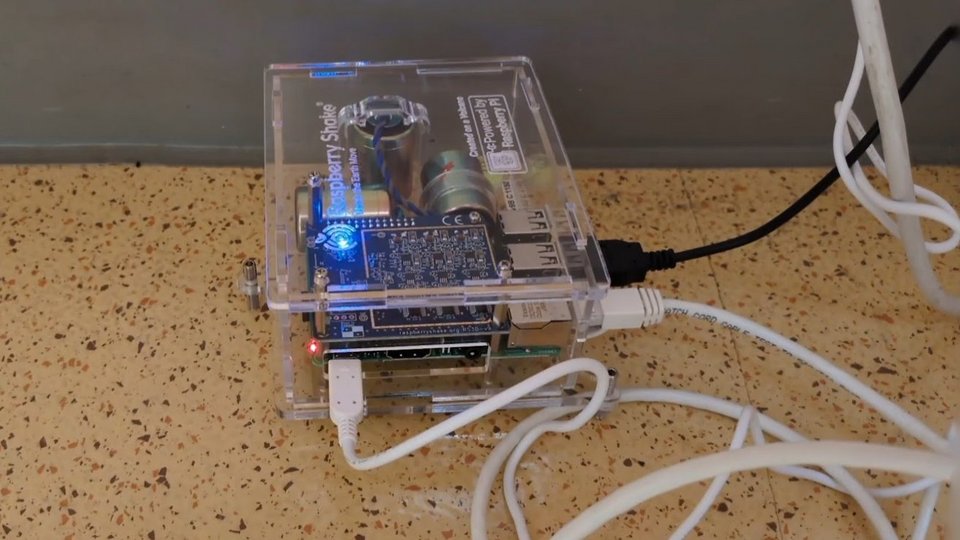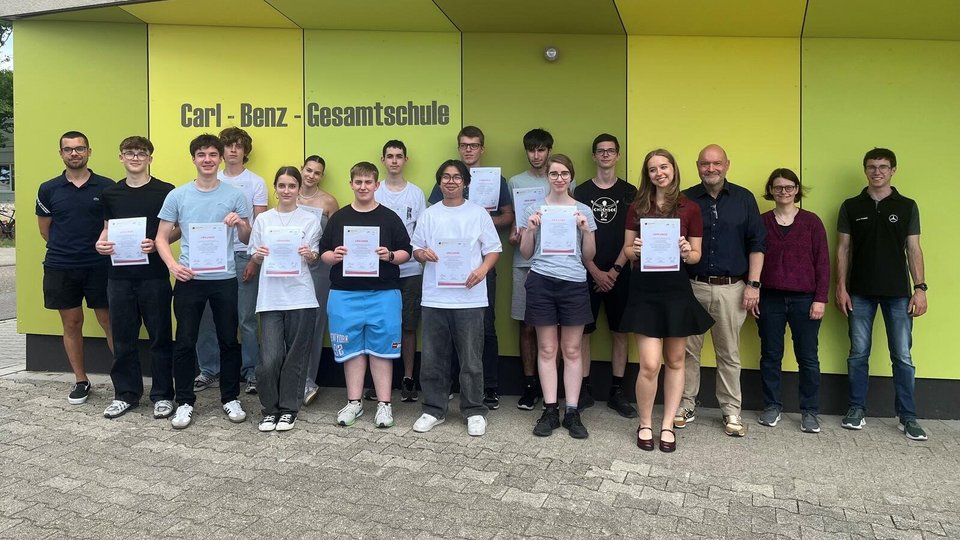SUSTAINABILITY AT DAIMLER TRUCK
Sustainability is an integral part of our core business and our business activities. We want to decarbonize transportation and passenger transportation and drive the industry-wide transformation. In this way, we act and assume responsibility for the benefit of the environment as well as people and society – on the basis of responsible corporate governance.
To achieve this, we focus on three areas of sustainability: Planet, People and Performance
- Planet: We are committed to the Paris Climate Agreement. We want to make sustainable transportation and passenger transport a success and thus contribute to climate and environmental protection.
- People: We take responsibility towards society and our employees. Where we can make a contribution to change something for the better, we do it.
- Performance: We envisage that business performance, unlocking profit potentials and sustainability initiatives go hand in hand, so that our responsibility for people and the planet are integrated into our core business.
Please find more information on sustainabilty at Daimler Truck here: Sustainability | Daimler Truck.
